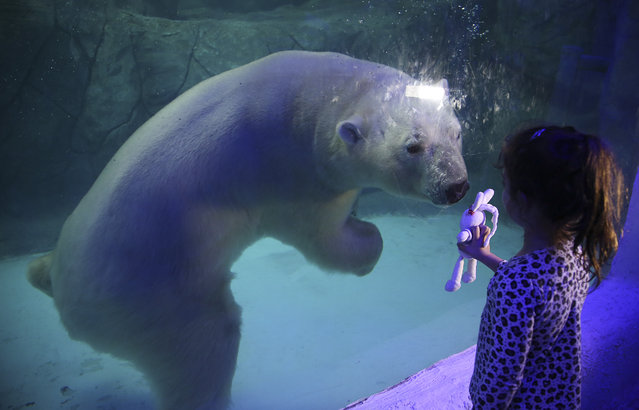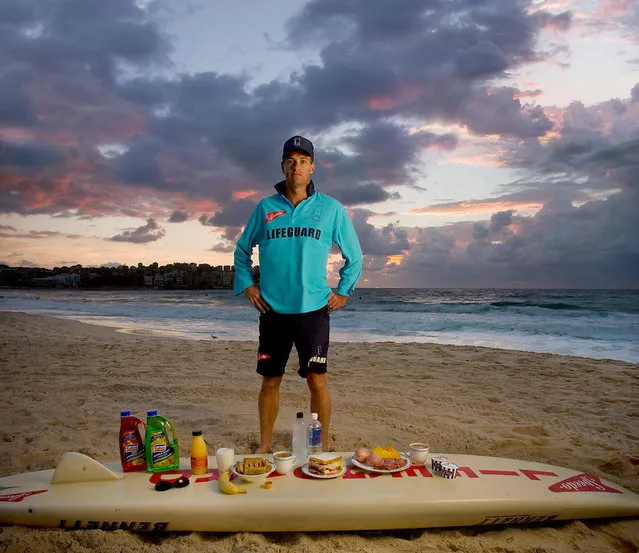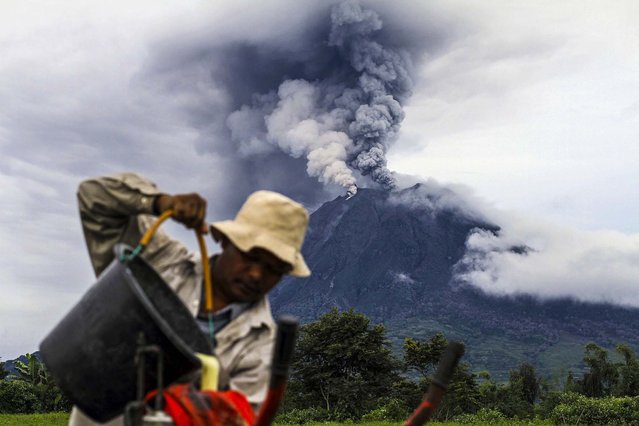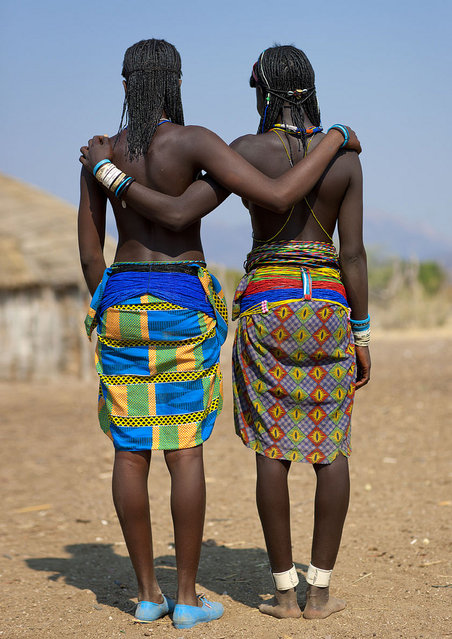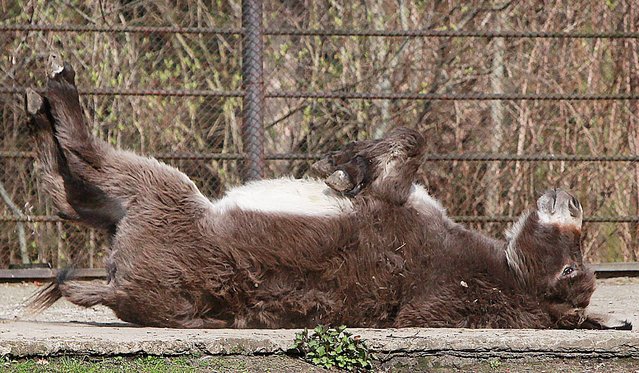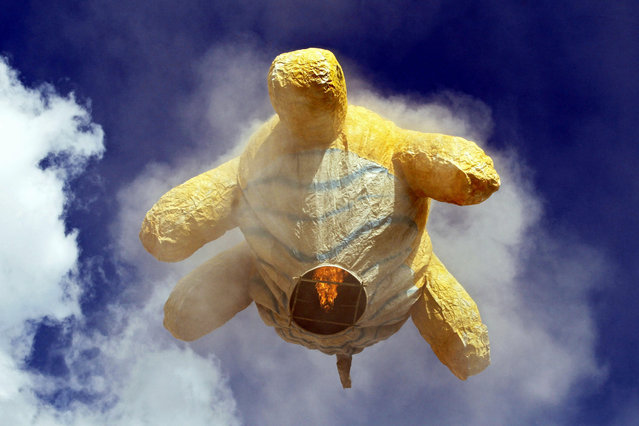
A hot air balloon in tortoise shape flies in the air during the Tazaungdaing air balloon festival in Pyin Oo Lwin, Myanmar, 25 November 2015. During the festival, hot air balloons made of multicolored papers and hung with paper lanterns, fireworks and fire sticks are exploded in mid-air. (Photo by Hein Htet/EPA)
26 Nov 2015 08:07:00,post received
0 comments

